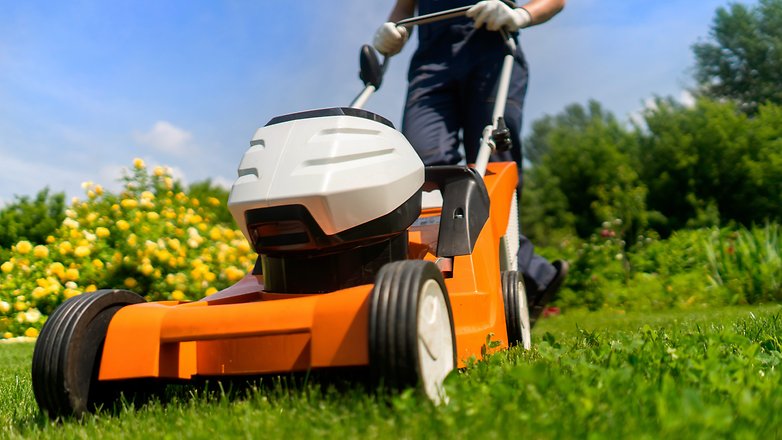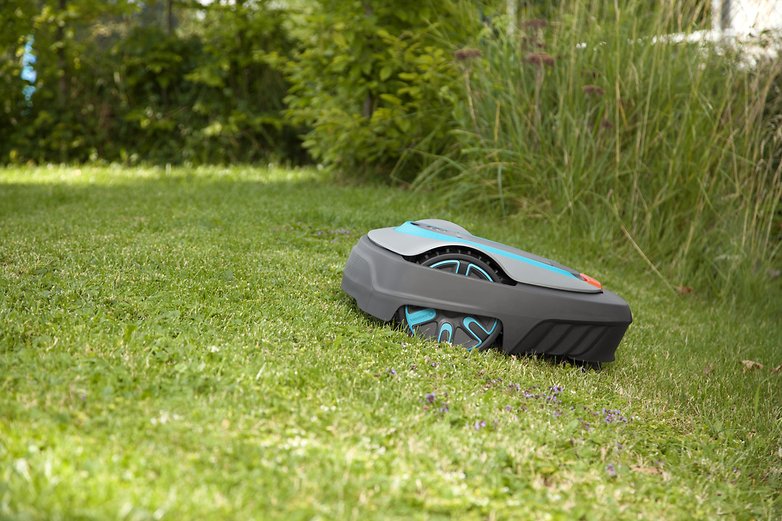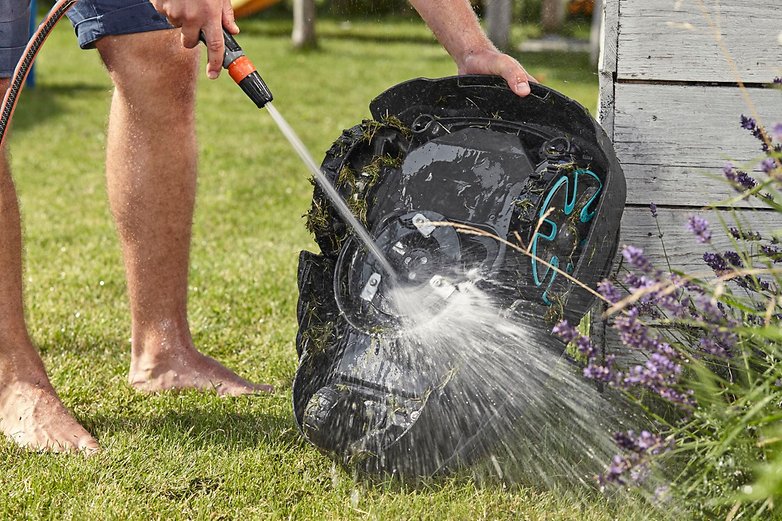With spring in full bloom, at least in the Northern Hemisphere, many families are getting their gardens ready for parties, gatherings, or a barbecue. Mowing the lawn used to be a dreadful chore, with loud noises, fuel smells, and long hours getting the grass just right. Nowadays, though, you can outsource the task to a robotic lawnmower, and we will help you find the best model for your garden.
Jump to:
Why buy a robotic lawnmower instead of a regular one
The reasons to ditch traditional lawnmowers and buy a robotic one are quite straightforward, especially for larger gardens. The robots not only free up your time, but they are usually cheap to run, despite the high initial cost. Costs vary according to energy prices in your region, but those are usually cheaper than paying for fuel and someone else's time to control a regular mower.
Another advantage is lower emissions, and not burning fuel in your garden to cut the grass - even though the electricity may not come from a renewable source. Tied to that is the bonus point of not having fuel smells around the house and a last, very important, advantage: noise.
Gasoline-powered lawnmowers can produce from around 85 decibels to above 100 dB, which can not only damage hearing if you are not wearing protective gear but also annoy your neighbors. Electric lawnmowers, on the other hand, often emit around 60 dB, which is comparable to a regular conversation sound level.
One particular reason not to buy a robotic lawnmower is if you like to have patterns - like stripes - on the lawn, as consumer-grade robot lawnmowers usually move without specific patterns.

Features to look for when shopping for an autonomous lawnmower
Despite some similarities to robot vacuum cleaners, there are several specific features to look for when choosing a robotic lawnmower, especially since they may work in the open. So it is wise to check your house or garden's requirements before investing your money.
Area coverage and installation requirements
The first thing to have in mind before buying a robot lawnmower is knowing where it will be used. Not only it is important to consider the recommended maximum area for the device - unless you plan on using more than one lawnmower -, but also where it will be installed.
Robot lawnmowers usually require a careful installation procedure, to set a perimeter zone for the device to work in. The limit is usually defined by installing a boundary wire, which can also be used to avoid obstacles, pools, flowerbeds, gravel driveways, holes, bumps, and slopes.
Some expensive models even include the option to have a technician install the wiring for you. Another thing that might be required before first using the lawnmower is getting the grass trimmed, since the robot models may not be able to cut tall grass.
Maximum incline
One limitation that might affect some shoppers is the maximum incline the lawnmower can work on. If your garden has slopes, the robot may not be able to safely climb it, so be sure to check the terrain elevation before shopping. Slopes can be avoided using the boundary wire, but you will have to find another way to cut the grass there.

Does battery life matter?
Unless you have a big garden to mow, the specified battery life should be enough for regular use. It might be worth checking, however, if the boundary restrictions set and the charging base placement allow the robot to work and come back properly - e.g. narrow corridors may restrict the robot's movements, so check the device manual for minimum widths when setting the perimeter.
Security features
Working in the open exposes the lawnmower to the risk of theft. That's why some models include anti-theft features like a PIN code, remote locking, and even an alarm that can be triggered whenever the robot is outside the perimeter area. Some Landroid models can even be equipped with an optional GPS locator connected to mobile networks to locate and lock the device.
Among the smart features included in most robot lawnmowers, you will find collision sensors that not only avoid collisions with pets and obstacles but also lift sensors that avoid accidents if someone picks the robot up.

Connectivity and smart features
Since a lawnmower doesn't need to be used every day, it is not that common to find integration with smart home ecosystems. At best you can find some features tied to security (e.g. anti-theft measures) and integration with a bespoke application.
Care and maintenance
Even though robot lawnmowers can work on rainy days, some experts advise against mowing wet grass, so consider turning off the device. Besides that, most manufacturers recommend only a regular cleaning procedure to remove grass and dirt from the blades.
Check the user manual if the device can be cleaned using a hose or pressure washer since water can still enter the sealed housing and damage the electronics inside. Make sure that the charging contacts and wheels are also clean, to avoid longer charging times and excessive energy usage.
Besides that, check the recommended steps to store the robot during winter. Those usually involve cleaning the device, charging the battery and turning it off, and storing the robot in a dry place.
Remember also that there will probably be some areas that will require cutting without the robot, like areas on the edges of the boundary zone, around some obstacles and slopes.
That's it for our brief guide on robot lawnmowers. Are you interested in this product category? Do you expect more "smart" features in this space? Share your opinion in the comments below.
Read More Open link https://ift.tt/2rYlyLc
0 Response to "How to buy the best robotic lawnmower"
Posting Komentar